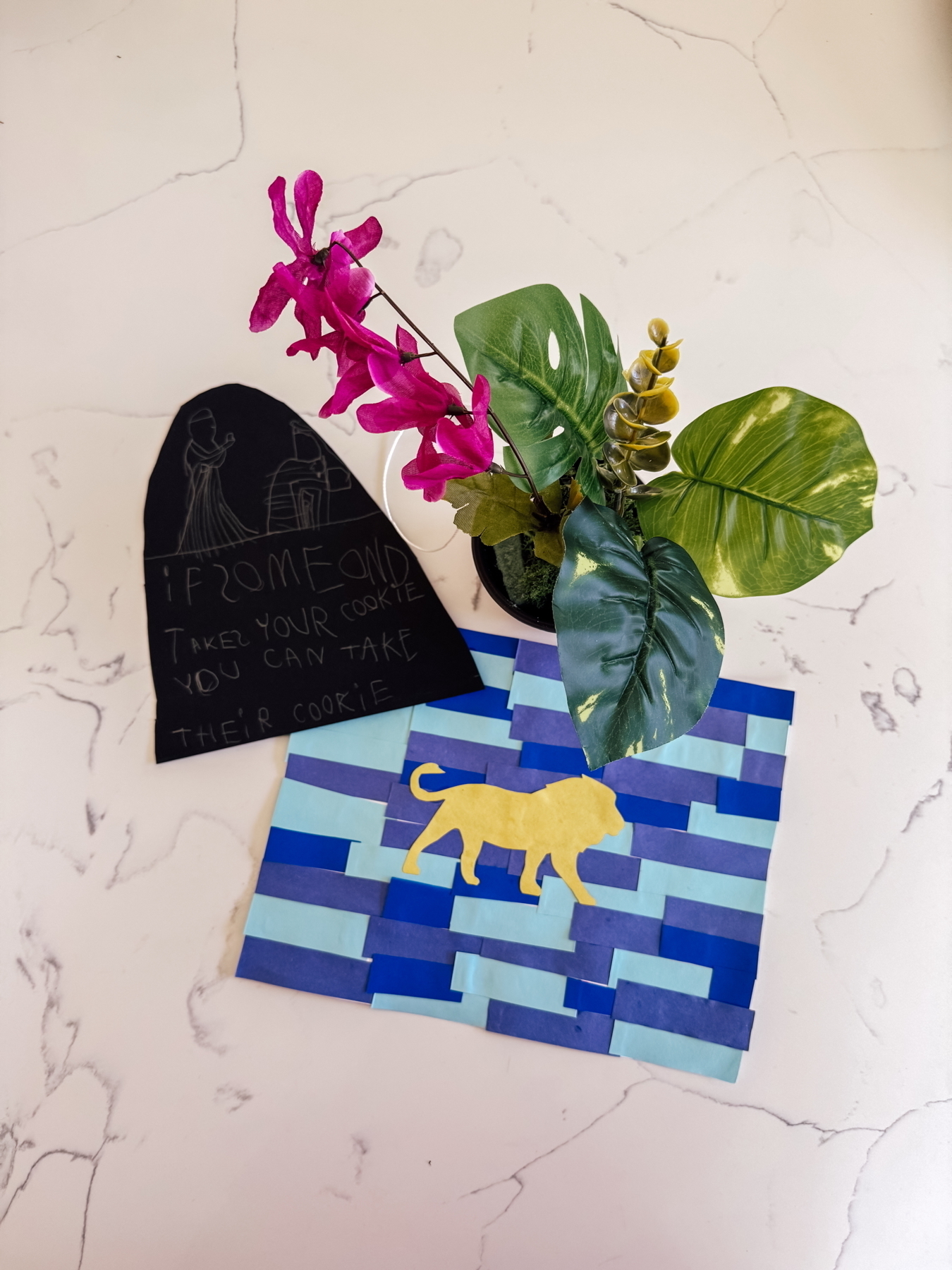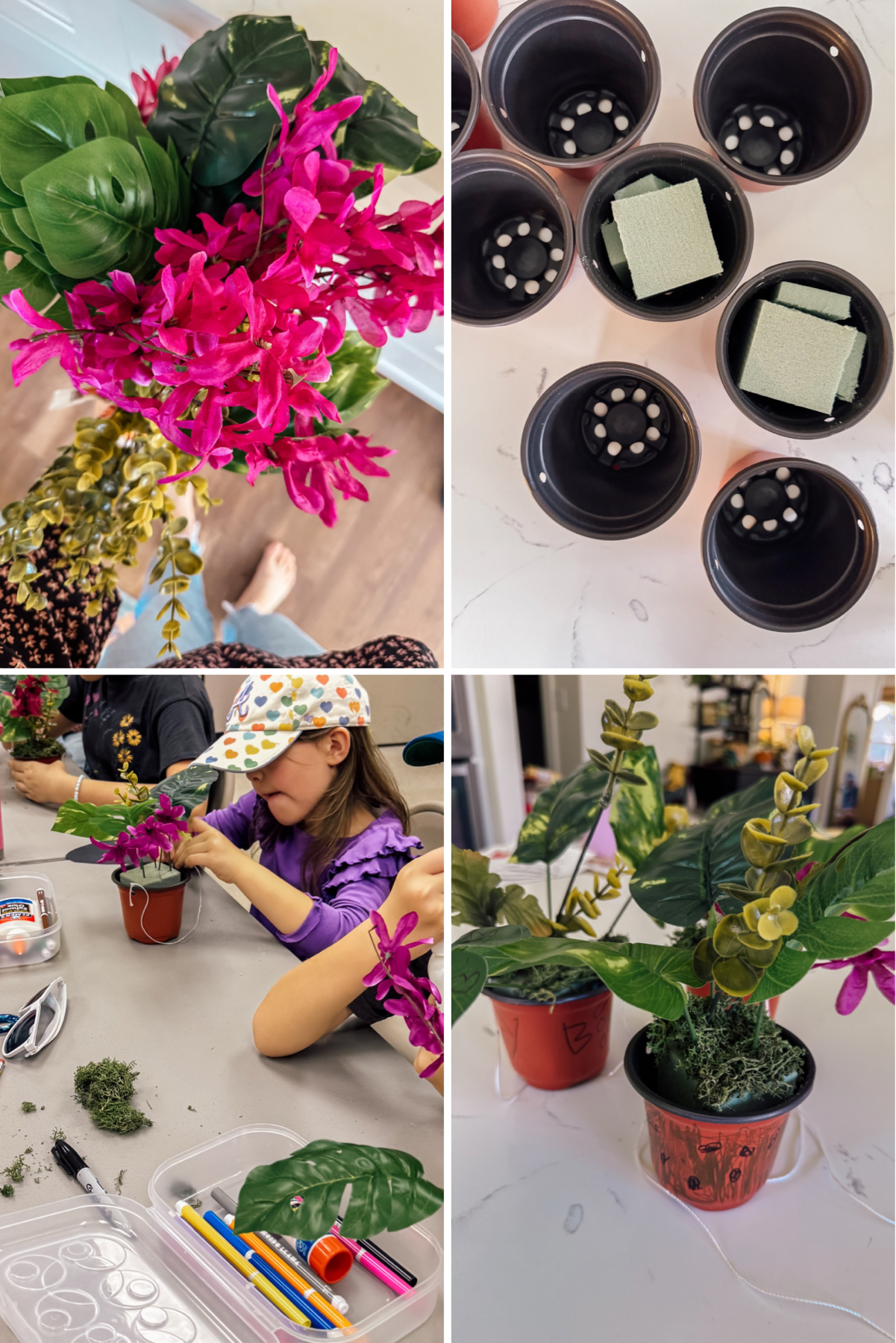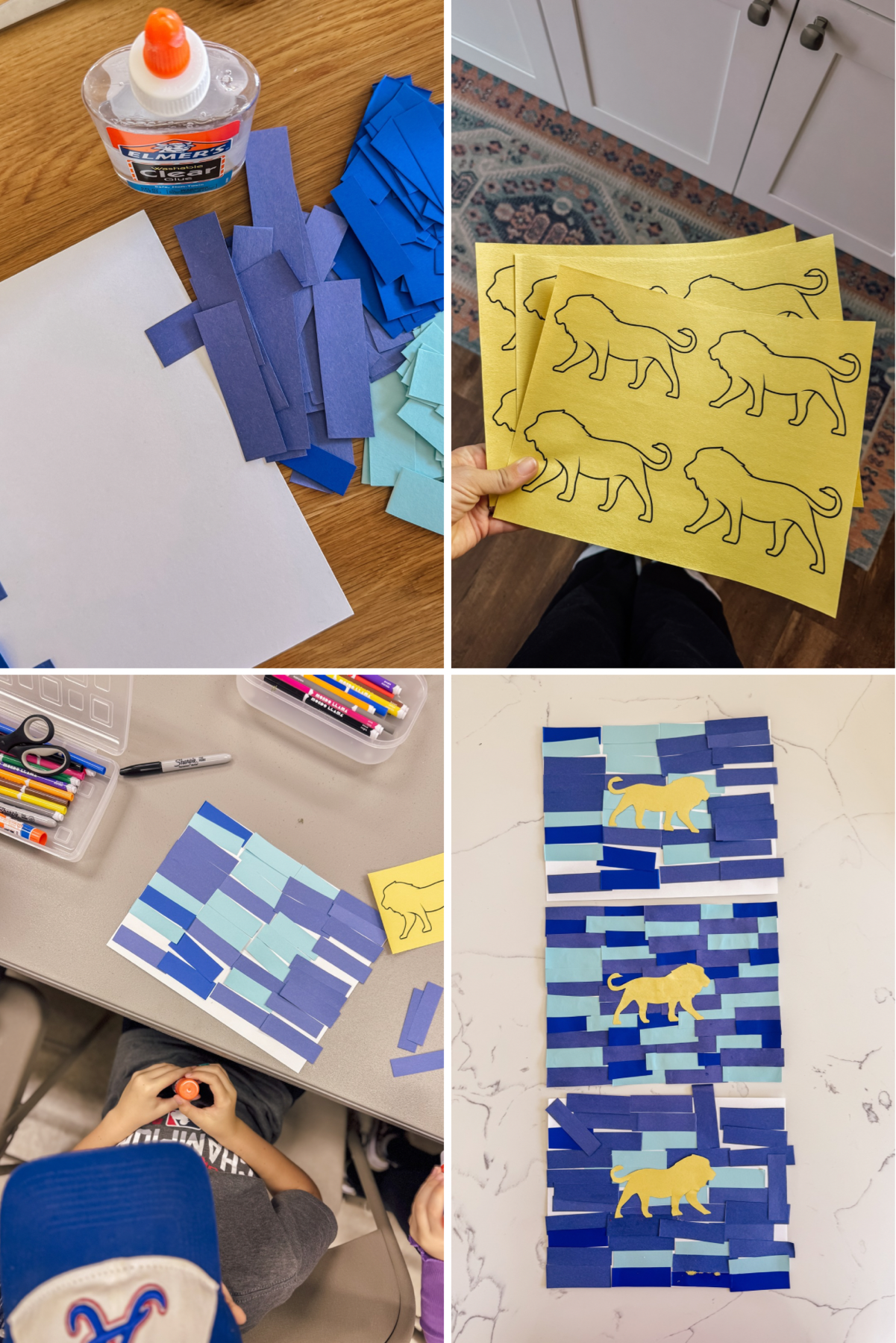I documented the activities we did at our co-op last week while learning about the Olmec ancient civilization. Decided I’d do the same thing again this week.
To recap the quick details of our co-op: It is small-ish. Nine families. Eleven kids, ages 5-12. Five of the moms rotate lessons for the semester. Most lessons consist of several rounds of sharing information pertinent to the day’s topic and breaking between each sharing session to do a related activity.
This week was my lesson. I was really excited about it because, as I mentioned in my last related post, my family and I recently saw Sight & Sound Theater’s live show, “Daniel,” streamed in a movie theater. Babylon is the location of the entire production. Seeing it inspired me to dive into my lesson early, and I started researching and reading. Even after the lesson now, I still plan to continue reading more. I appreciate the Babylonian Empire’s role in our world’s history, but the connections in the Bible are what completely intrigued me. Spending just a short amount of time (in the grand scheme of things) preparing for my lesson, I learned so much. One of my favorite perks of homeschool. It really is fun to learn WITH my kids.
 As for the lesson itself, I opened with a short video that somewhat cheesily summarized the Babylonian Empire and its’ inventions and key features. We continued that “overview” discussion after the video, then began to talk a little more in depth about King Hammurabi and his Code of Laws. After that, they made their own “stone tablets” by cutting out the shape on black card stock and “inscribing” a similar picture to Hammurabi’s Code and their own law with a pencil. I mentioned making the law they chose to write fair (in terms of proportional punishment), which was a characteristic of many of Hammurabi’s laws. They wrote most that way, and though some were silly and fun, it was interesting to see what was important to some of the kids.
As for the lesson itself, I opened with a short video that somewhat cheesily summarized the Babylonian Empire and its’ inventions and key features. We continued that “overview” discussion after the video, then began to talk a little more in depth about King Hammurabi and his Code of Laws. After that, they made their own “stone tablets” by cutting out the shape on black card stock and “inscribing” a similar picture to Hammurabi’s Code and their own law with a pencil. I mentioned making the law they chose to write fair (in terms of proportional punishment), which was a characteristic of many of Hammurabi’s laws. They wrote most that way, and though some were silly and fun, it was interesting to see what was important to some of the kids.

Knowing we had a couple of projects that would likely take up more time, I chose to go a little more simple for this project…although, it translated even better than I thought. Had we had more time or multiple days to work on it, I might would have decided to make a clay tablet, inscribe it using a bamboo skewer or sturdy toothpick, then paint it black.
…

The next discussion/project combo centered around the Hanging Gardens of Babylon. A bit elusive due to the fact that there is no physical evidence they existed. But there are written references. And it is considered one of the Wonders of the Ancient World. The thought of it is intriguing. I explained where the name came from, then proceeded to give each kid supplies to make their own type of hanging garden. I really wanted to do a fun project with egg crates and more garden-ish materials, but I knew we wouldn’t be able to complete it in our allotted time. So, instead, I gathered items for them to create a hanging potted plant as a symbol of the Hanging Gardens. I used these pots that I already had on hand and punched two holes opposite each other near the top. I got a tropical-ish selection of flowers and leaves as well as a couple of packages of moss and a couple of pieces of floral foam from Dollar Tree. I cut the foam to fit in each pot ahead of time and gave everyone a pot, the flowers to arrange, moss to glue on top (regular school glue worked just fine as long as it had a few minutes to dry) and a piece of string to tie in the holes so that the pot could hang. (I wish I had taken a picture of the pot actually hanging…whoops.)
…

The last big point we hit on was about King Nebuchadnezzar II. We discussed who he was, when he reigned in Babylon, and several stories related to him. Things I was (and the kids were) familiar with through the Bible like the Fiery Furnace and the dream he had about the statue that Daniel interpreted. But also things I wasn’t as familiar with like his incredible military strategy and the Ishtar Gate that he had built.
Our last project centered around the Ishtar gate, which was made of blue-glazed bricks and had various animals throughout glazed in brown and gold. I found this post about making a mosaic of the Ishtar gate, but never got it to load correctly. So, I made up my own. The supplies were a piece of white card stock as a base, various colors of blue card stock that I precut into small rectangles, and a piece of yellow construction paper with a lion printed on it. The lion was one of the animals on the gate, and it actually was representative of the goddess, Ishtar, so that’s the animal I chose to include in our craft. I made a document in Canva with 4 lions in a striding motion like on the Ishtar gate, then cut some yellow construction paper to 8.5” x 11” (because that was easier and likely quicker than figuring out how to adjust the printer’s paper tray and settings and such) to print on. I just cut each sheet into 4 rectangles so that the kids could cut out their lions. I used clear Elmer’s school glue to make the example, and it worked well. But some chose to use a glue stick in class, and that worked well also. The mosaics came out really nice!
That was all for class time. But I know ourselves as well as some of the other families are reading Story of the World, Volume 1 alongside our weekly meet-ups. It is a great additional resource for studying ancient civilizations.
Last couple of quick things to share: This collection of resources for homeschooling through ancient civilizations and my Ancient Civilizations Pinterest board